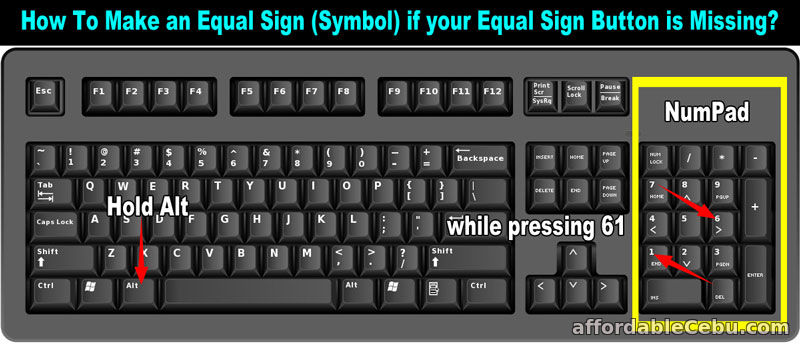

This is what I was taught to call it more than 40 years ago in school. I believe the proper name for the symbol in question is "Guillemet". ⫺ 2AFA DOUBLE-LINE SLANTED GREATER-THAN OR EQUAL TO ⫹ 2AF9 DOUBLE-LINE SLANTED LESS-THAN OR EQUAL TO

⪤ 2AA4 GREATER-THAN OVERLAPPING LESS-THAN ⪜ 2A9C DOUBLE-LINE SLANTED EQUAL TO OR GREATER-THAN ⪛ 2A9B DOUBLE-LINE SLANTED EQUAL TO OR LESS-THAN

❱ 2771 HEAVY RIGHT-POINTING ANGLE BRACKET ORNAMENT ❰ 2770 HEAVY LEFT-POINTING ANGLE BRACKET ORNAMENT ❯ 276F HEAVY RIGHT-POINTING ANGLE QUOTATION MARK ORNAMENT ❮ 276E HEAVY LEFT-POINTING ANGLE QUOTATION MARK ORNAMENT ❭ 276D MEDIUM RIGHT-POINTING ANGLE BRACKET ORNAMENT ❬ 276C MEDIUM LEFT-POINTING ANGLE BRACKET ORNAMENT X (mathematical left angle bracket - 27E8) X (single left-pointing angle quotation mark - 2039) ⋧ 22E7 GREATER-THAN BUT NOT EQUIVALENT TO ⋛ 22DB GREATER-THAN EQUAL TO OR LESS-THAN ⋚ 22DA LESS-THAN EQUAL TO OR GREATER-THAN X (right-pointing double angle quotation mark - 00BB) X (left-pointing double angle quotation mark - 00AB) › 203A SINGLE RIGHT-POINTING ANGLE QUOTATION MARK

‹ 2039 SINGLE LEFT-POINTING ANGLE QUOTATION MARK » 00BB RIGHT-POINTING DOUBLE ANGLE QUOTATION MARK « 00AB LEFT-POINTING DOUBLE ANGLE QUOTATION MARK X (mathematical right angle bracket - 27E9) X (single right-pointing angle quotation mark - 203A)
Greater than or equal to symbol copy paste code#
Mostly it comes down to one of the following four, with name assignments to numeric code points given as defined by the Unicode Standard, along with some of the more salient character properties like their general category and whether they are to be considered punctuation, a math character, and/or a type of quotation mark: In handwritten manuscripts and on primitive old-school typewriters there is no real difference, but in modern representations of actual characters and the fonts that use these, there is. It might be a less-than sign, an angle quotation mark, or an angle bracket. The answer depends on precisely which character you mean. The symbol will be inserted in your file.You asked what the “technical name” is those technical names are given in bold below, although there are others less formal as well. When you find the symbol you want, double-click it. Use the Font selector above the symbol list to pick the font you want to browse through. Scroll up or down to find the symbol you want to insert.ĭifferent font sets often have different symbols in them and the most commonly used symbols are in the Segoe UI Symbol font set. Place your cursor in the file at the spot where you want to insert the symbol. Symbol such as currency (¥), music (♫), or check marks (✔) If you're looking for an interactive check box that you can click on to check or uncheck, see: Add a check box or option button (Excel). As a result it's important to use the right font to find the symbol or character you want. For example, the Elephant font has no fraction characters in it, while Verdana does. Not all fonts have the same characters in them. The most important thing to understand when inserting symbols, fractions, special characters, or international characters is that the font you use is critical. You can easily insert a special character, fraction, or other symbol in your PowerPoint presentations and Excel workbooks.


 0 kommentar(er)
0 kommentar(er)
